Ever been stuck in traffic near Connaught Place or waiting for a metro at Rajiv Chowk and wondered who really calls the shots in this city? Many people think Delhi is ruled by one powerful group, but reality looks a lot more complicated. The old tales of a single “dominant caste” rarely stand up to scrutiny, especially in a city as layered and ever-changing as Delhi. If you want to truly understand who dominates Delhi, you have to dig beneath the obvious, past what folks say at chai stalls and WhatsApp groups.
The Evolution of Delhi’s Caste Landscape
Delhi’s social history reads like a family drama with a cast of thousands. Start with the fact that it wasn’t always the bustling capital we know today. For centuries, Delhi was a relatively small urban hub, growing rapidly after India’s independence in 1947. The massive influx of refugees after Partition completely rewrote the social script. In the early 1950s, you’d find Punjabi Khatris, Jats, and Brahmins moving into new colonies like Karol Bagh and Lajpat Nagar—places that were still being carved out from fields and empty plots.
Before this migration boom, ‘old’ Delhi (or Shahjahanabad) was dominated by Muslim aristocrats, traders, and skilled workers like the Kayasthas. The sudden arrival of migrants—especially Punjabis and Multanis, many of them Khatris—shifted the balance. They opened shops, set up businesses, and gradually turned parts of the city into hotspots of commerce and influence. This created a fascinating blend: a city neither fully rooted in old feudal traditions nor just a blank cosmopolitan slate. And as the city expanded to include new areas like Rohini or Dwarka, more communities arrived: Jats from Haryana, Gujjars from neighboring villages, even large populations of Baniyas, Dalits, and OBCs from Uttar Pradesh and Bihar.
Is there a single group sitting at the top? It doesn’t really work that way. For instance, a study by the Centre for the Study of Developing Societies (CSDS) found that no one caste makes up more than about 15-18% of Delhi’s total population. Jats and Brahmins have a sizable presence, as do Punjabi Khatris (many of whom migrated post-1947). Others—like the Gujjars, Yadavs, or Baniyas—each have their own zones of influence. The presence keeps shifting, especially with more people flowing into the city every year.
Of course, the story is messy. People mix, intermarry, and move to new localities, breaking down a lot of old caste barriers but also sometimes creating new neighborhoods with their own group loyalties. In my own block in West Delhi, I can tell when it’s a festival based on which sweet shops have the longest lines—each linked to pockets of particular communities. Even my parrot, Kiwi, seems to squawk a bit louder when he hears the drums of a Punjabi wedding nearby.
Power and Politics: Caste Clout in the Corridors
If you check newspaper headlines during election season, you’d think Delhi is a chessboard with castes as the pieces. Who gets selected as a candidate, who campaigns where, and which community leaders get invited to the annual gala events—it’s all choreographed with social calculations in mind. Most Delhi chief ministers have emerged from either the Jat, Khatri, or Brahmin communities. Sheila Dikshit (Brahmin), Arvind Kejriwal (Bania), and before them, Chaudhary Brahm Prakash (Jat): each of their wins told a story about changing social math in the capital.
Yet, it’s not just about the person at the top. Political parties slice the city’s 70 assembly seats by group strength. For instance, Jat and Gujjar dominated areas—like Najafgarh, Narela, and Mehrauli—see politicians lining up to host community feasts or showing up at big local weddings. At the same time, Brahmin and Vaishya (Bania) neighborhoods around Karol Bagh or Greater Kailash become battlegrounds for other kinds of promises. When big parties like the BJP or AAP announce their candidate lists, the first thing many do is count how many are Jats, Brahmins, Punjabis, or Dalits.
Does this make Delhi a caste-obsessed city? Not exactly. Delhiites vote on water, electricity, and law-and-order just as much as caste. Still, community connections help leaders get their foot in the door. For people living in urban villages (clusters swallowed up by the city’s expansions), the old panchayat networks remain surprisingly powerful—think of it like a WhatsApp group where everything that matters gets discussed long before it’s public news.
But even within politics, dominance is slippery. Just look at how the 2020 Delhi assembly saw major upsets. AAP swept with its appeal to the working classes and lower castes, shattering BJP’s grip in many “upper-caste” zones. Caste boundaries matter but rarely decide everything.
Take a peek at this breakdown based on data from the Delhi government and CSDS studies (these figures are estimates and shift constantly with migration):
| Caste/Community | Estimated Share of Population (%) | Prominent Areas |
|---|---|---|
| Jats | 12-14 | Narela, Najafgarh, outer Delhi villages |
| Brahmins | 10-12 | Karol Bagh, Timarpur, Civil Lines, Lutyens Delhi |
| Khatri/Punjabi (post-Partition migrants) | 12-15 | Rajouri Garden, Lajpat Nagar, Patel Nagar |
| Gujjars | 8-10 | Ghitorni, Najafgarh, Chattarpur |
| Baniyas (Vaishya) | 6-8 | Sadar Bazaar, Chandni Chowk, Pitampura |
| Dalits (SC) | 14-16 | Resettlement colonies, outer Delhi, Okhla |
| OBCs (Yadav, Kumhar, etc.) | 12-14 | East Delhi, West Delhi colonies |
| Muslims | 10-12 | Old Delhi, Seelampur, Zakir Nagar |
These numbers only hint at Delhi’s patchwork. Each election and local issue can tilt influence from one group to another, so no one community truly “dominates” every aspect.
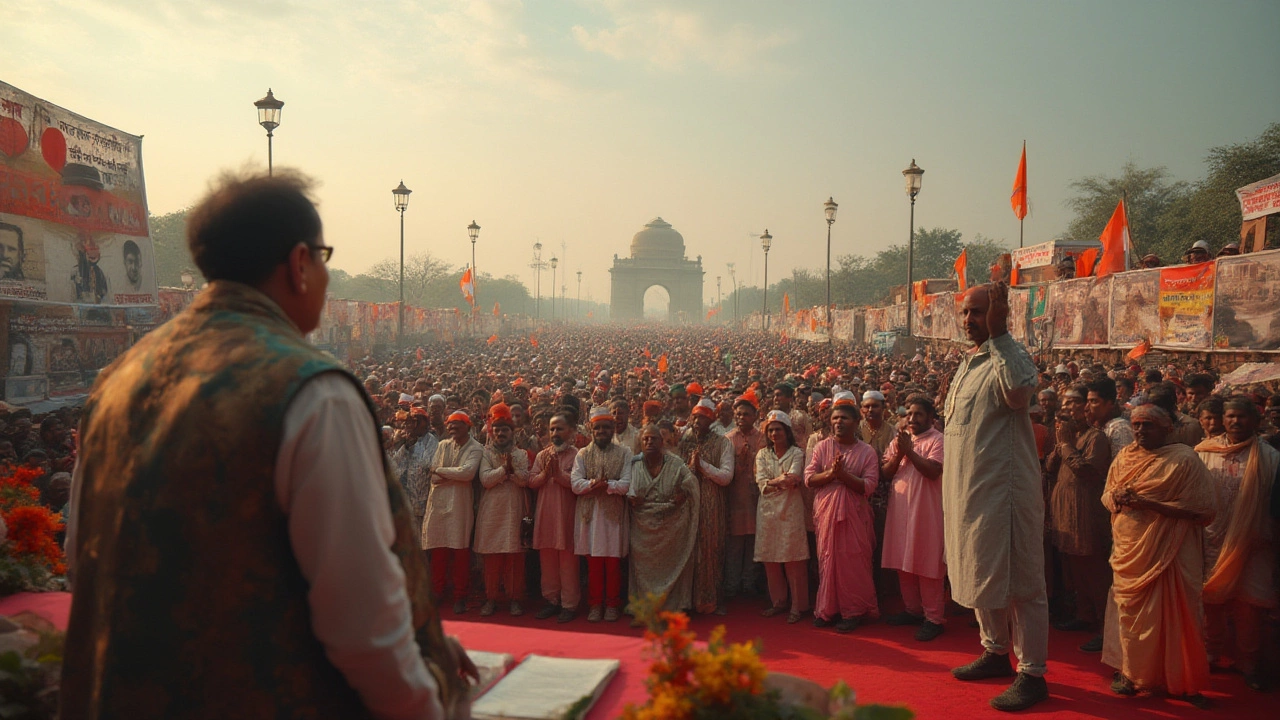
Caste in Daily Life: Myths, Reality, and Mumbai vs Delhi
Walk into any Delhi market and you’ll pick up signals of the city’s diversity. Some shops carry nameplates with community surnames, others proudly display symbols from Gurudwaras, temples, or even mosques. There’s a layered etiquette at play—folks might gravitate towards schools, businesses, or even gyms where their community is more visible.
This can feel different from cities like Mumbai, where local identity often means “Marathi” first and caste a distant second. In Delhi, migration has blended everyone together, but old loyalties still flare up during festivals, weddings, or conflicts over neighborhood resources. For example, during election rallies in Jat or Gujjar villages, you’ll hear campaign songs blasting out the community name more than the party’s agenda.
At the same time, urban life is surprisingly flexible—my landlord is a Baniya, my best friend a Yadav, and we’ve shared many a biryani night together complaining about Delhi’s summer heat. Even so, there’s no denying how caste can still shape access to social capital. Some public schools, hospitals, and college admission committees pay close attention to caste-based quotas set by the government to try to level the playing field. These policies, while controversial, keep caste debates alive in public life.
Some tips if you’re new to Delhi and want to understand the subtext:
- When you move into a new neighborhood, pay attention to the big temples and stickers in shopfronts—they often hint which community is strong there.
- During local festivals, jump into the street celebrations; you’ll see how different communities bring color, food, and their own traditions.
- People might ask about your surname out of curiosity, not discrimination. It’s often a way to connect. Reactions aren’t always negative, but be mindful of the old stereotypes that can—sadly—pop up.
- If you get invited to a local wedding, go! The decorations, rituals, and even snacks are a whirlwind sociology lesson in themselves.
But be careful—don’t assume just because a group is prominent in one colony, they “rule” the city. Delhi keeps moving beyond these boundaries every day, especially among younger folks and in education or tech jobs.
Why 'Dominance' Is a Tricky Word in Delhi’s Story
Saying a single caste dominates Delhi is like picking one spice as the heart of chaat—it just doesn’t work. The city’s story is about migration, constant movement, and the way new groups layer on top of older ones. “Dominance” changes based on whether we’re talking business, politics, arts, or just who lines up fastest for the Sunday brunch buffet.
Look at how social mobility has flipped some old assumptions. Many Punjabi Khatris and Baniyas rock the business world, while Jats and Gujjars have strong political roots in outer Delhi and urban villages. Dalits and OBCs make up a huge part of the population—these groups have grown more empowered, snatching up key positions in government, universities, and even cultural life. Muslims in Old Delhi keep their distinct traditions alive, with stunning food and music drawing crowds from across the city during Ramadan. It’s not a single narrative, but a tightrope act between tradition and change.
Young people are shaking up caste lines. Delhi University campuses are full of inter-caste friendships and love stories that a generation ago would have been whispered about, not posted on Instagram. Yet, just outside, family elders sometimes still fuss over the caste of who their kids marry. Even my cat Milo seems unfazed by any of this, spending his days stretched under the AC, blissfully unaware of society’s old divisions.
If you’re charting dominance by raw numbers, combine migration stats with birth rates and you’ll find no single community crosses over the 20% mark. Urban planners expect the mix to keep shifting, especially as new waves of workers arrive for tech jobs or college seats.Delhi caste demographics won’t look the same a decade from now. So, if someone tells you one caste “runs” the city, ask them if they’ve traveled the stretch from Old Delhi to Dwarka on a single, sweaty summer afternoon—it’s a different world at every stop.
There’s a strange comfort to this chaos. Old communities may fight to hold onto their piece of the city, but Delhi belongs to the migrant as much as the old resident. That’s why the idea of absolute dominance just melts away—a bit like an ice cream cone left out in a July heatwave.
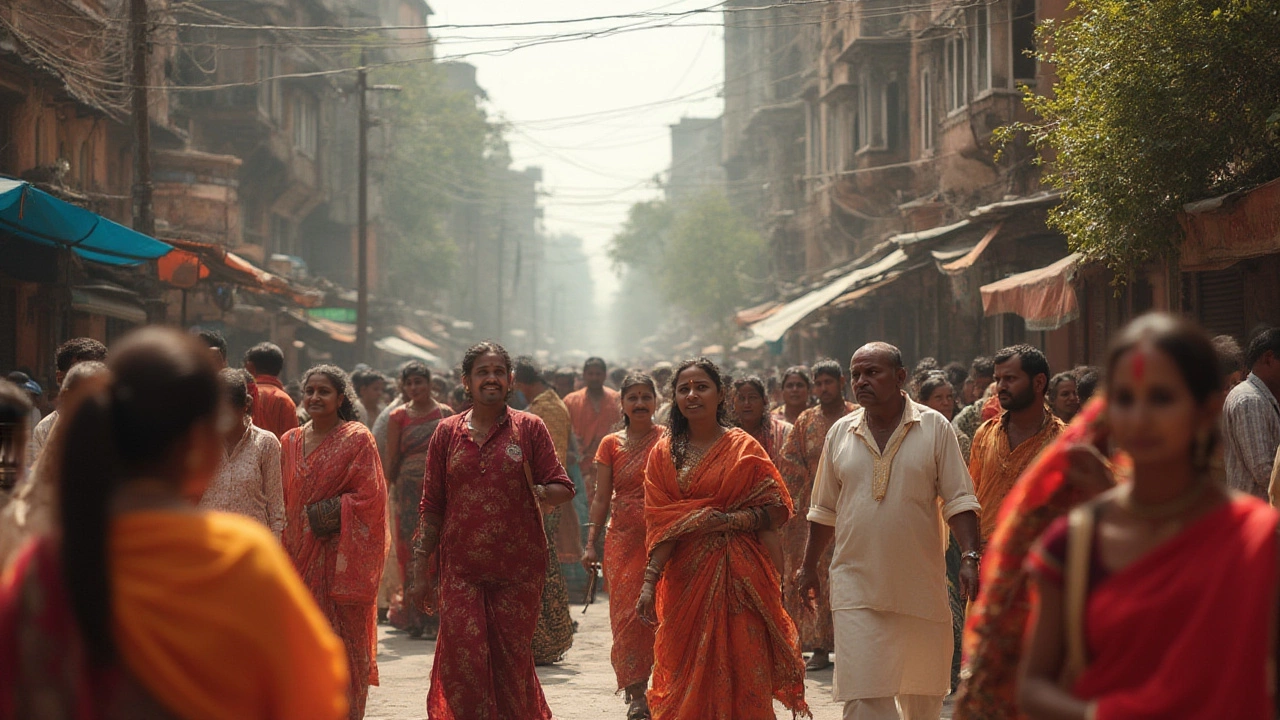

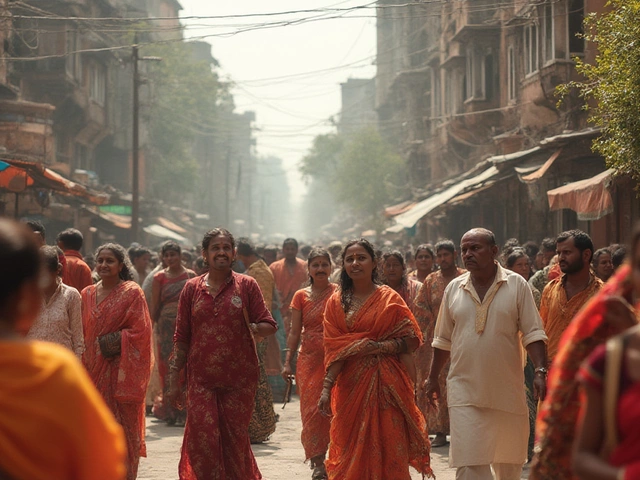
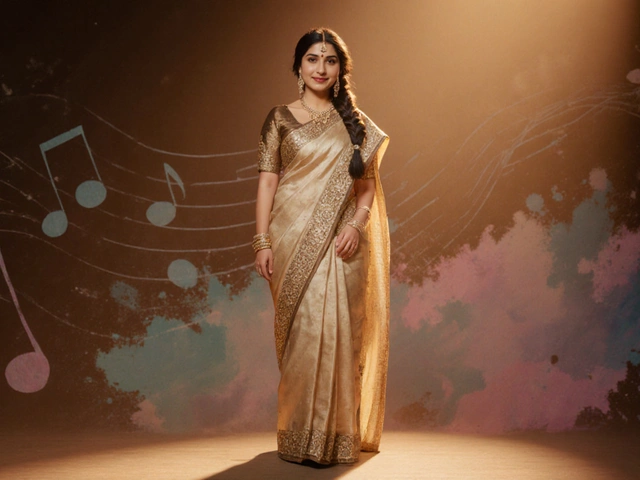
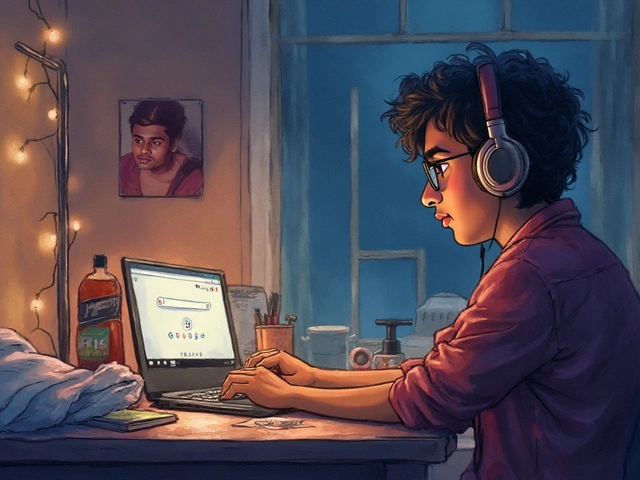
Post A Comment